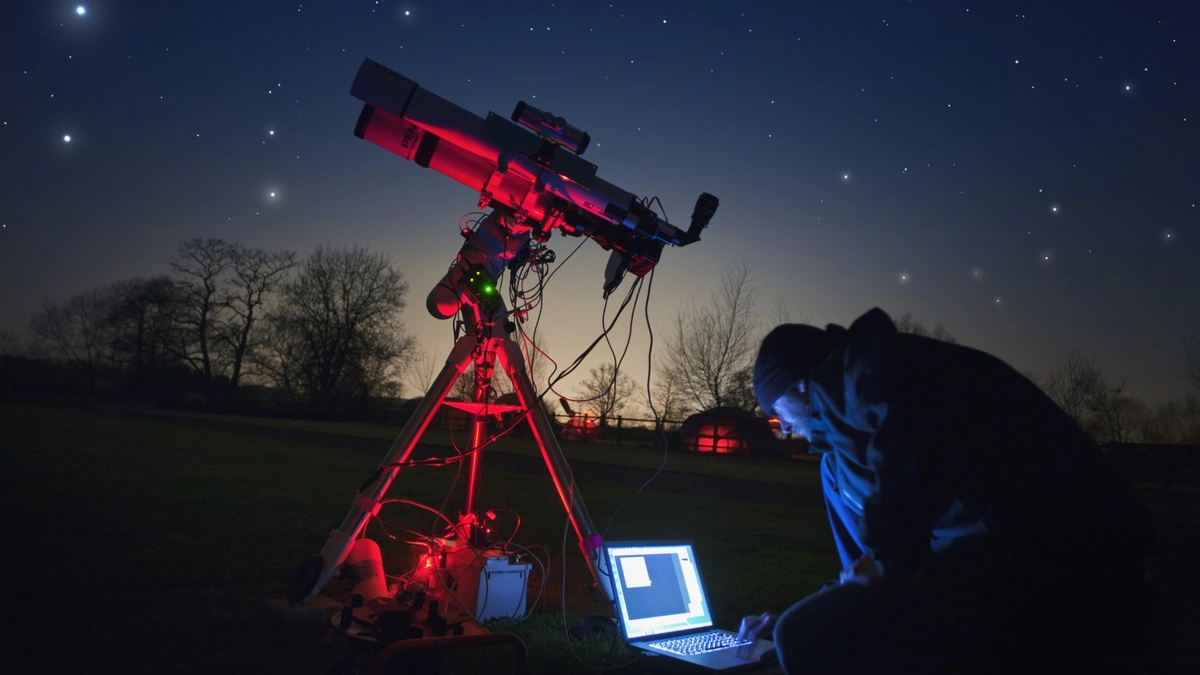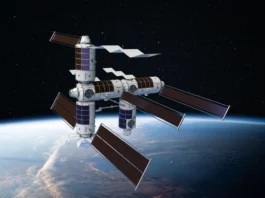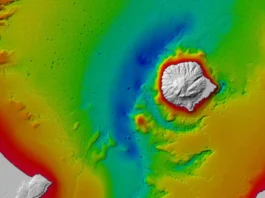Okay, let’s be honest. When I first saw this headline – “Million-Solar-Mass Object Discovered by Astronomers in Faraway Universe” – my brain did a little happy dance. Not because I immediately understood what it meant (I didn’t!), but because it promised a deep dive into the kind of cosmic weirdness that makes science so darn cool. And trust me, this discovery delivers. We’re not just talking about another star or planet; we’re talking about something of epic proportions, something that challenges our understanding of how galaxies evolve. So, buckle up, because we’re about to journey to a faraway universe and unpack this mind-boggling find.
The “What” – And Why It’s Not Just Another Rock in Space

Here’s the thing: space is big. Really, really big. And it’s filled with stuff. Planets, stars, asteroids, gas clouds – you name it. So, what makes this particular object so special? Well, its mass is the key. When astronomers say “million-solar-mass object,” they mean something with the mass of a million suns crammed into a relatively small space. Imagine trying to fit a million basketballs into a shoebox. It’s…unlikely. This incredible density suggests we’re dealing with a supermassive black hole, or something in the process of becoming one. These cosmic behemoths live at the centers of galaxies and play a crucial role in their formation and evolution. More fascinating science discoveries here .
The “Why” – What Does This Discovery Tell Us?
This isn’t just about finding a big thing in space. It’s about understanding the early universe. What fascinates me is that this object is located in a faraway galaxy, meaning we’re seeing it as it existed billions of years ago. By studying it, astronomers can gain insights into how supermassive black holes formed and grew in the early universe. Did they all start small and gradually gobble up matter? Or did some form directly from the collapse of massive gas clouds? This discovery provides valuable clues to answering these fundamental questions about cosmic evolution. Consider the implications for black hole formation and its relation to galaxy development.
But – and this is a big “but” – the formation of these early supermassive black holes remains a mystery. Current theories struggle to explain how they could have grown so large so quickly after the Big Bang. This newly discovered million-solar-mass object could represent a missing link in our understanding, providing crucial evidence for one of the proposed formation scenarios. Let me rephrase that for clarity: understanding this object could rewrite the textbooks on galactic evolution .
How Do Astronomers Find These Things, Anyway?
You might be wondering, “How do astronomers even find something so far away?” It’s not like they’re just wandering around with a cosmic metal detector. The process involves a combination of powerful telescopes, sophisticated data analysis techniques, and a healthy dose of educated guesswork. Telescopes like the James Webb Space Telescope (JWST) and the Very Large Telescope (VLT) are designed to detect faint light from distant objects. By analyzing the spectrum of this light – essentially breaking it down into its constituent colors – astronomers can determine the object’s composition, temperature, and velocity. This information can then be used to estimate its mass and distance. The European Southern Observatory (ESO) plays a key role in many of these astronomical observations .
And So, the discovery of this million-solar-mass object involved sifting through vast amounts of data collected by these telescopes. It’s like searching for a needle in a cosmic haystack. But thanks to clever algorithms and the dedication of countless scientists, these needles are eventually found. According to recent research, the luminosity of these objects is key to their detection.
The Future of Research | What’s Next?
The discovery is just the beginning. Astronomers will undoubtedly be eager to study this object in more detail, using a variety of telescopes and techniques. They’ll want to measure its mass more precisely, determine its spin, and probe the environment around it. This will provide further insights into its formation and evolution and help to refine our understanding of supermassive black holes. Here’s another interesting read about astronomy.
What fascinates me is the potential for future discoveries. As telescopes become more powerful and data analysis techniques become more sophisticated, we can expect to find even more of these distant objects, providing a more complete picture of the early universe. The ongoing cosmic surveys are expected to reveal even more such objects.
FAQ | Your Burning Questions Answered
Frequently Asked Questions
What exactly is a supermassive black hole?
A supermassive black hole is a black hole with a mass millions or even billions of times the mass of our Sun. They are typically found at the centers of galaxies.
How do black holes affect galaxies?
Supermassive black holes play a crucial role in the formation and evolution of galaxies. Their gravity influences the movement of stars and gas, and they can also launch powerful jets of energy and matter.
What is the James Webb Space Telescope?
The James Webb Space Telescope (JWST) is a powerful space telescope designed to observe the universe in infrared light. It is particularly well-suited for studying distant galaxies and the formation of stars and planets.
Why is studying the early universe important?
Studying the early universe allows astronomers to understand how galaxies formed and evolved over time. It also provides insights into the fundamental laws of physics and the nature of dark matter and dark energy.
What are the challenges of studying distant objects?
Studying distant objects is challenging because they are faint and small. Astronomers must use powerful telescopes and sophisticated data analysis techniques to overcome these challenges.
So, there you have it. The discovery of a million-solar-mass object in a faraway universe is more than just a cool headline; it’s a window into the dawn of time, a glimpse into the forces that shaped the cosmos. And who knows what other cosmic wonders are waiting to be discovered? This finding underscores the importance of continued astronomical research and the ongoing quest to unravel the mysteries of the universe. Learn more about Black Holes




